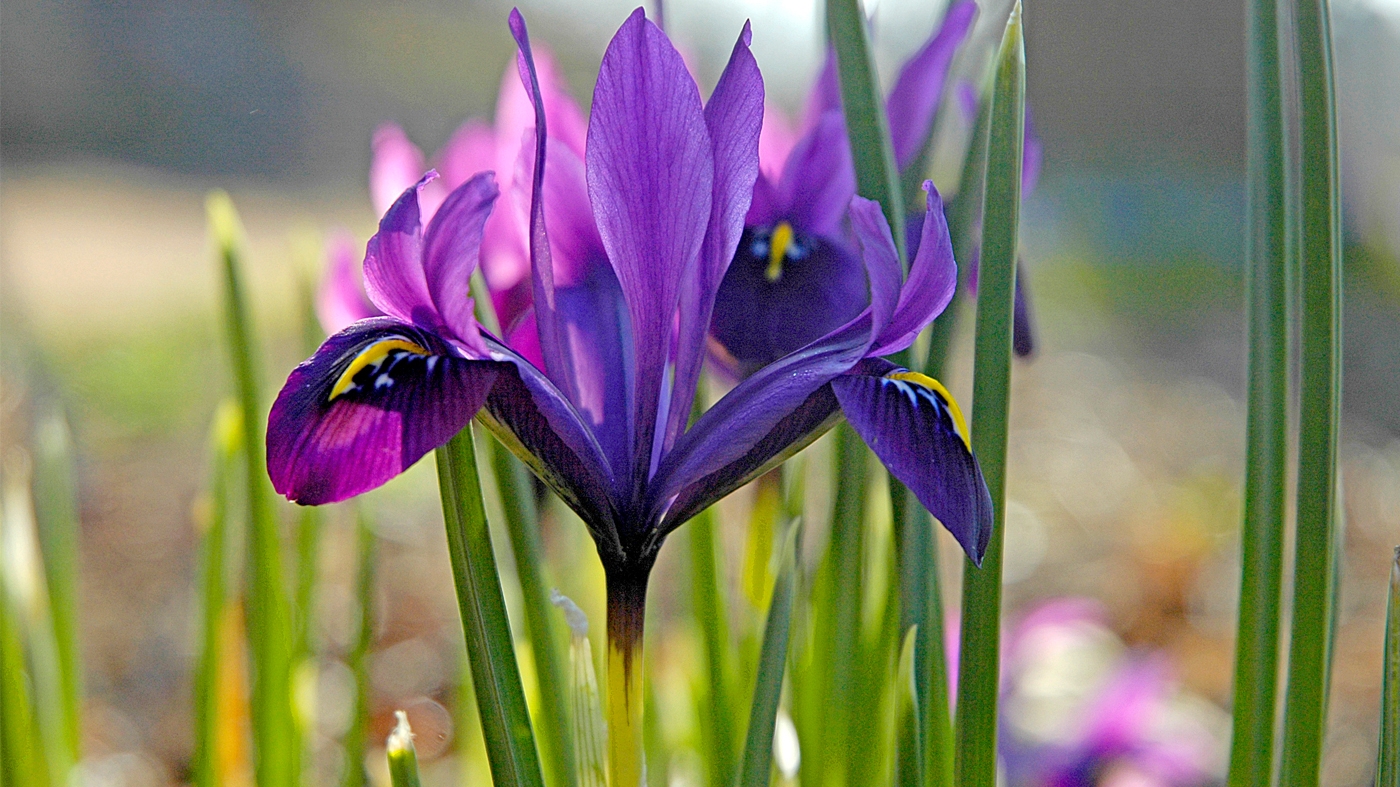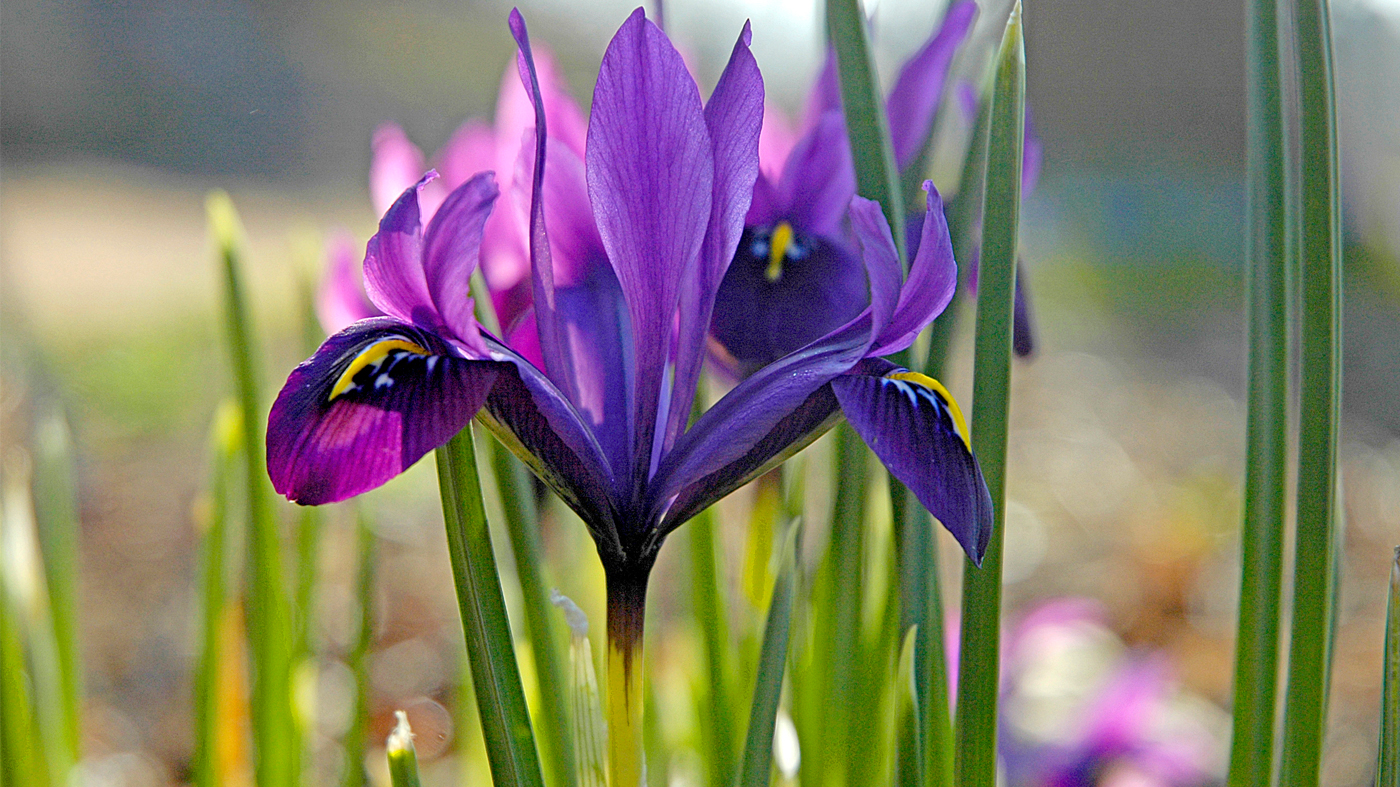

News
Garden Stories
The Orchid Show Murals
The Orchid Show
Murals
St+art India Foundation, based in Delhi, commissioned artists to create murals for The Orchid Show: India Blooms. Artworks by Seema Surana are on display in the Visitor Center; Surabhi Banerjee’s mural is in the East Greenhouse Gallery.
St+art India contributes to urban regeneration and community living through contemporary urban art projects. Since its inception in 2014, St+art India has been transforming public spaces across India into vibrant, inclusive, and democratized environments. By embedding art into urban culture, the foundation bridges social divides, reimagines public spaces, and fosters a sense of shared community.
Over the years, St+art India has spearheaded the urban art movement in India through a wide spectrum of projects, including seven art districts, multiple festivals, and over 600 walls painted across 25+ cities. Each intervention is rooted in the social context, connecting communities, government bodies, institutions, and artists in a collective journey of cultural exchange and creativity.
With the street as its canvas, St+art India celebrates art as a universal language, redefining how public spaces are experienced while giving artists a platform to express their vision. From large-scale murals to immersive installations, every project resonates with the ethos of making art accessible to all.
Murals in the
Visitor Center
Seema Surana is a graphic designer and illustrator based in Bangalore, India. Her work draws from an exploration of natural forms, patterns, and the fluidity of movement, often juxtaposing organic elements with structured compositions. These contrasts allow her to create visuals that are layered yet accessible, reflecting her interest in harmonizing tradition and modernity. Her practice extends beyond visual storytelling into a physical engagement with movement—through running, hiking, and studying the expressive gestures found in typography and lettering flourishes, which inform her approach to rhythm and flow in design.
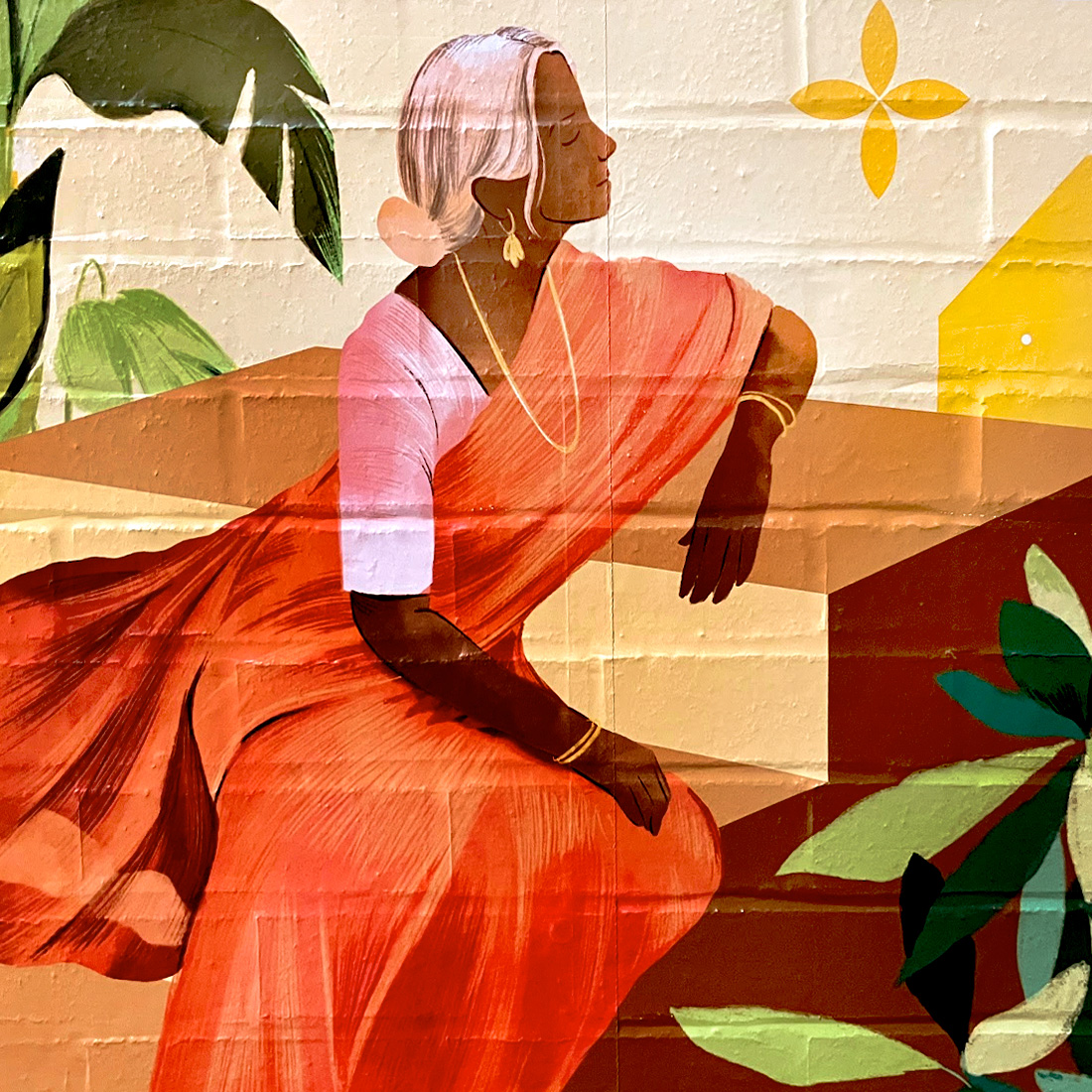
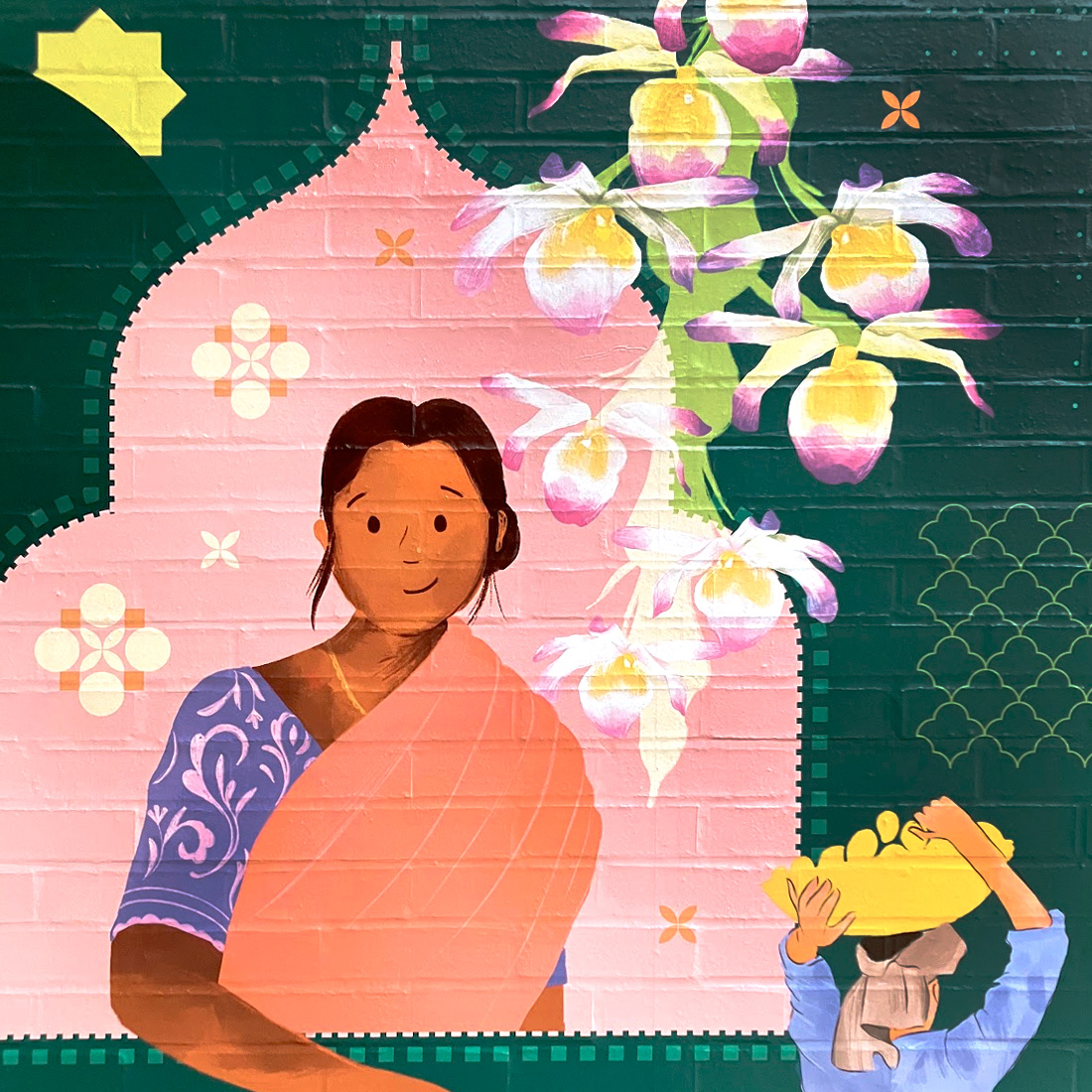
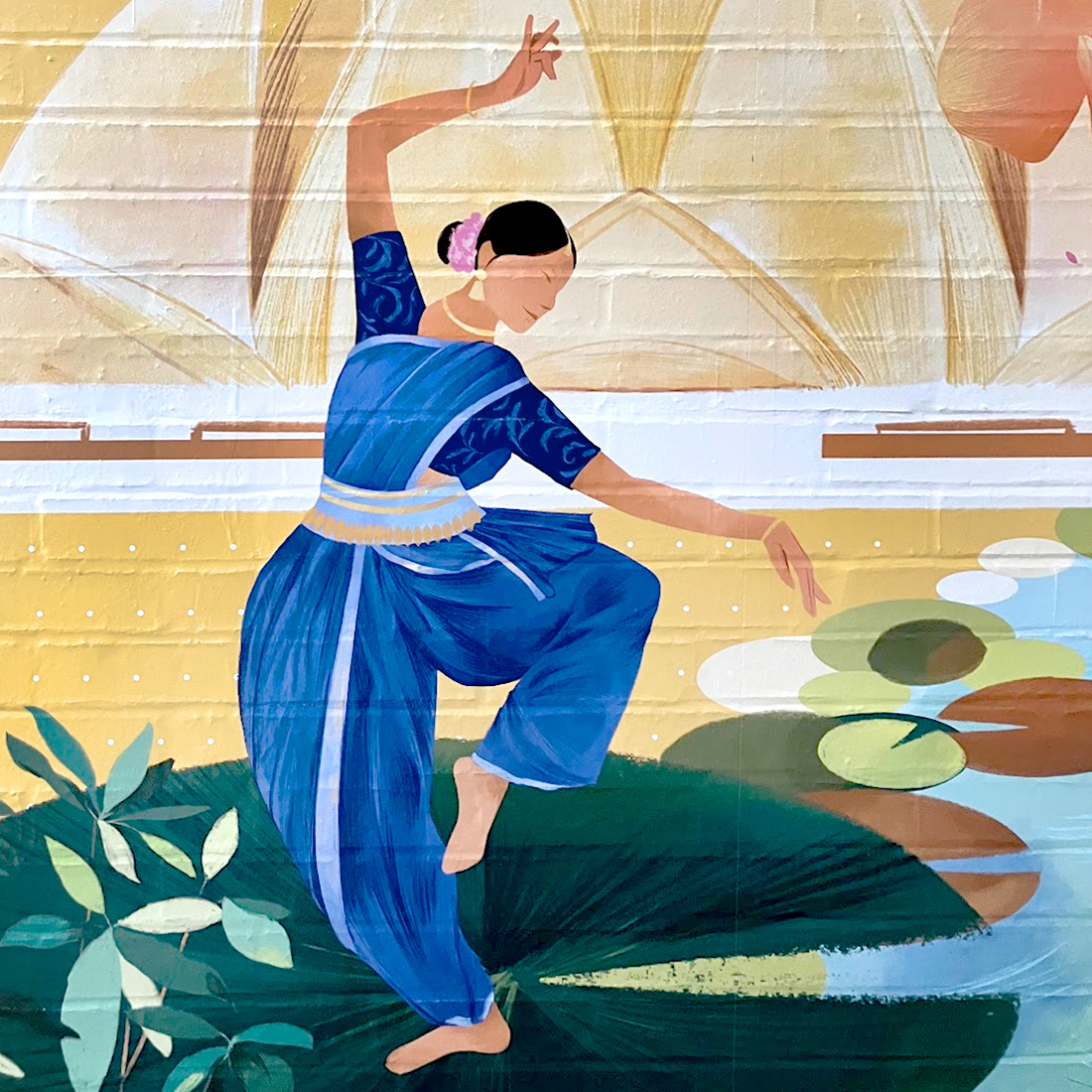
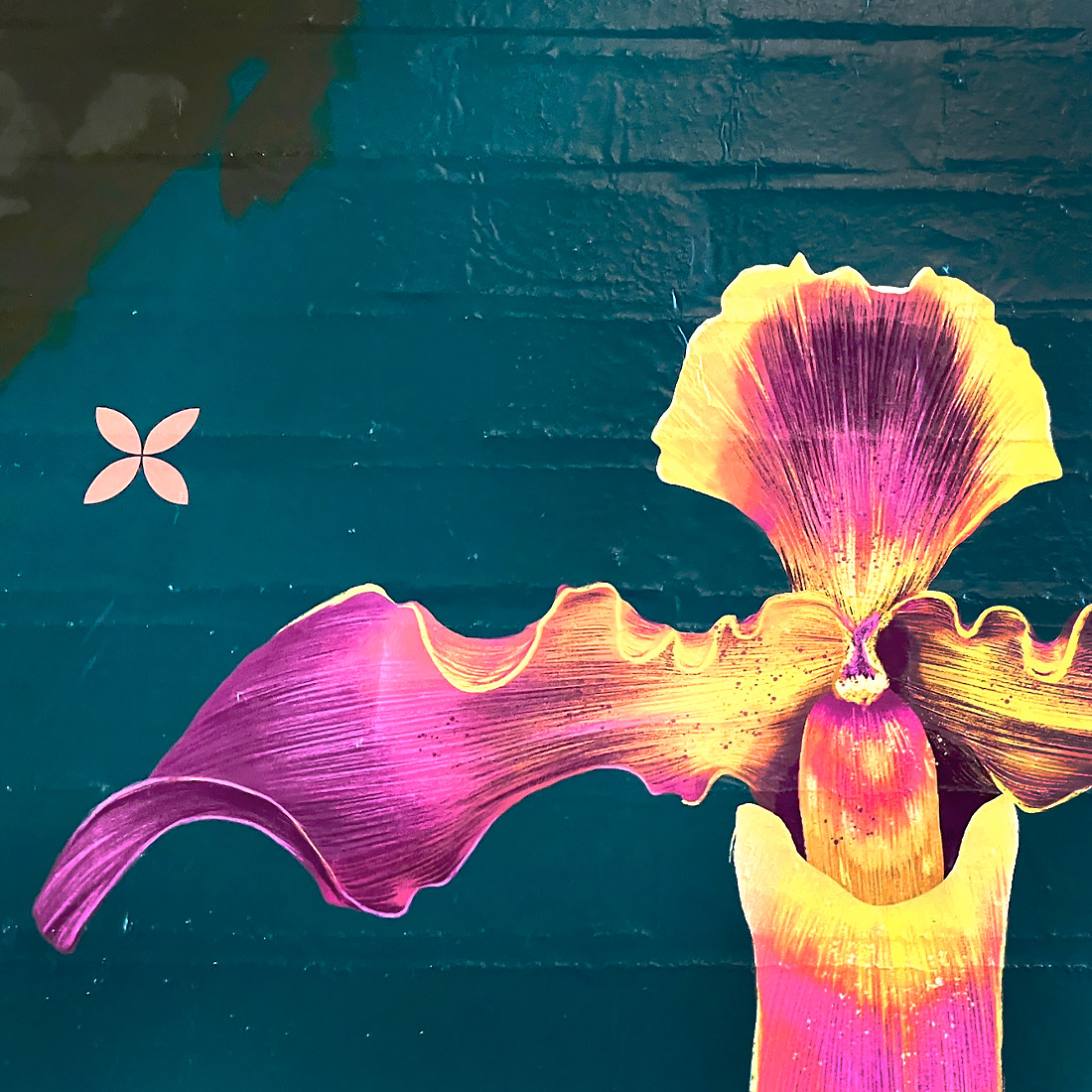

Between Stones and Petals: India is a land of contrasts, and the coexistence of these seemingly opposing forces defines its rhythm—where the clamor of rickshaws, market vendors, and temple bells flows alongside spaces of stillness. A smile exchanged amidst the cacophony of a crowded marketplace, the dappled shade of a centuries-old temple, or the unexpected bloom of an orchid thriving in an overlooked corner—each moment reveals the balance that shapes everyday life.
The panels reimagine this complexity through abstracted streetscapes, where people, architecture, flora, and fauna blend into layered compositions. The human figures and architectural motifs serve as anchors, while the organic forms of plants and animals flow through the scenes, reflecting the interconnectedness of life within these spaces. The artwork invites viewers to experience these scenes as emotional and sensory impressions rather than fixed realities.
Namaskara like namaste is rooted in the Sanskrit word namah, meaning "to bow" or "to offer reverence." Across India, this greeting manifests in numerous variations. Namaste in Hindi, namaskaram in Telugu and Malayalam, vanakkam in Tamil, nomoshkar in Bengali, and others. Each form is shaped by the linguistic and cultural nuances of its region, yet they all convey a shared ethos of respect and recognition. While namaste combines namah and te (to you), namaskara incorporates kara, meaning “action,” emphasizing the active expression of reverence.
The use of namaskara here highlights its regional roots, particularly in Kannada and Marathi traditions, while also challenging the more widespread perception of namaste as the singular Indian greeting. This choice speaks to the layered identities within India, where linguistic diversity shapes everyday rituals like greetings. namaskara anchors the act of welcoming in a specific cultural context, offering a lens into the interplay of language, tradition, and identity in the way we connect with one another.
Murals in the
East Greenhouse Gallery
Surabhi Banerjee is a Bangalore-based architect and illustrator who uses the ligne claire—or clean-line style—to tell stories with precision and simplicity. Her illustrations, defined by clean lines and minimal shading, explore both personal narratives and cultural themes. Her professional portfolio includes collaborations with brands such as KFC, Hershey's, Facebook, Yash Raj Films, Coca-Cola, Budweiser, Lamborghini, Titan, and Mubi, showcasing her ability to work across a wide spectrum of creative contexts.
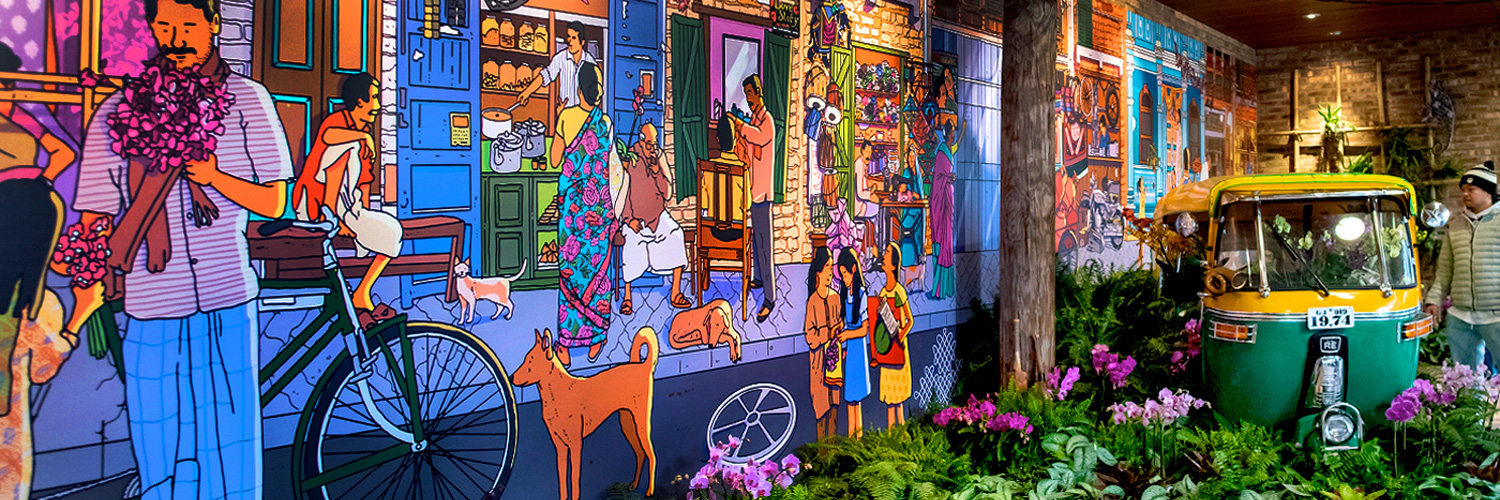
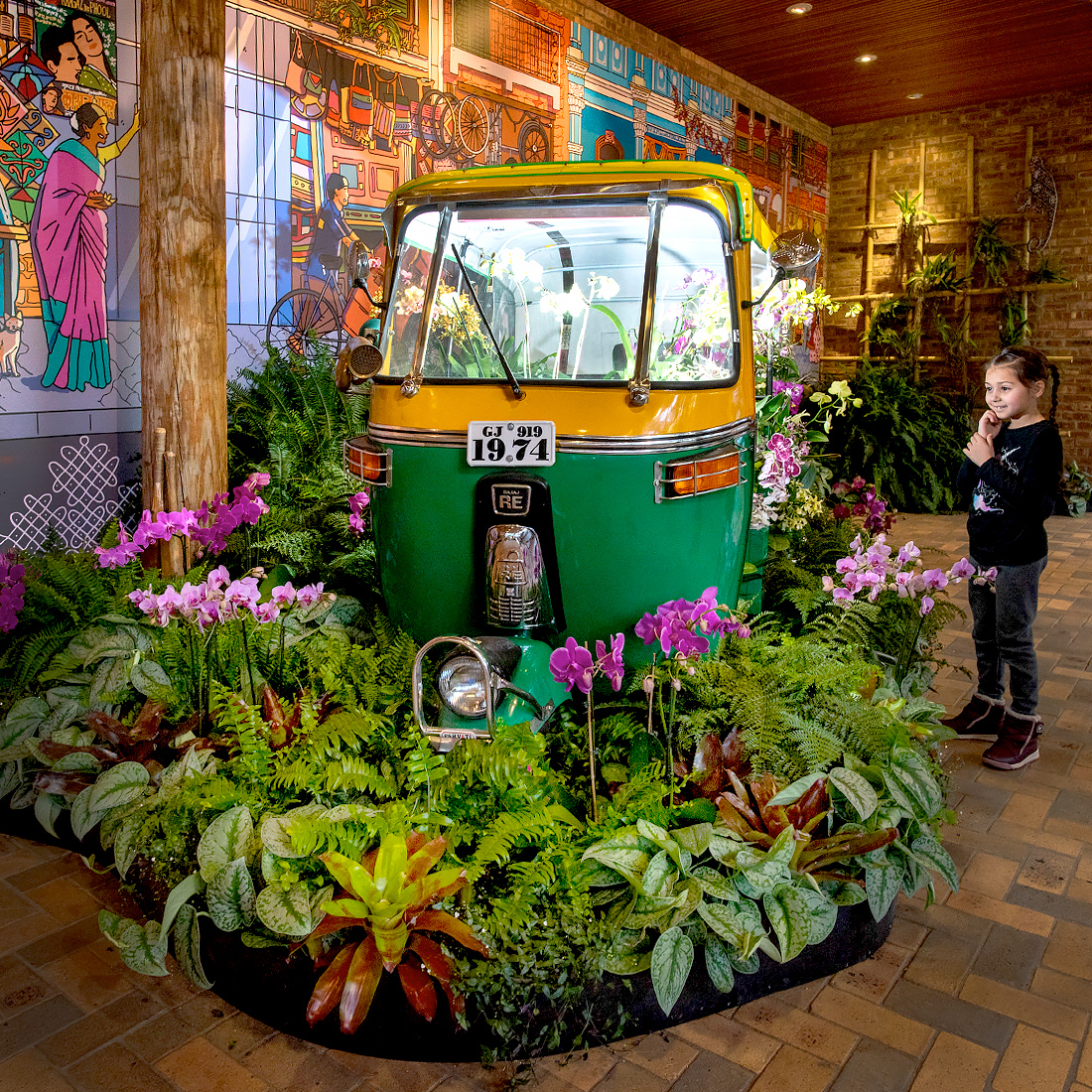
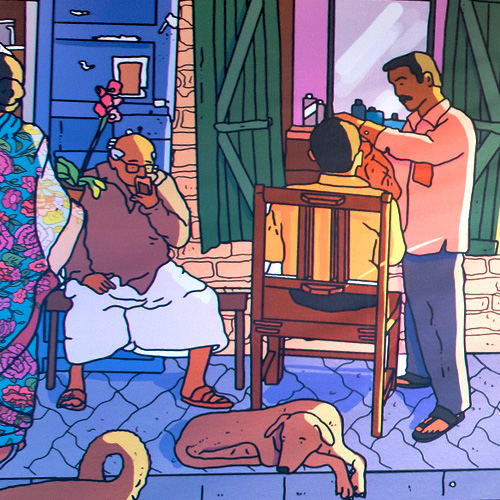
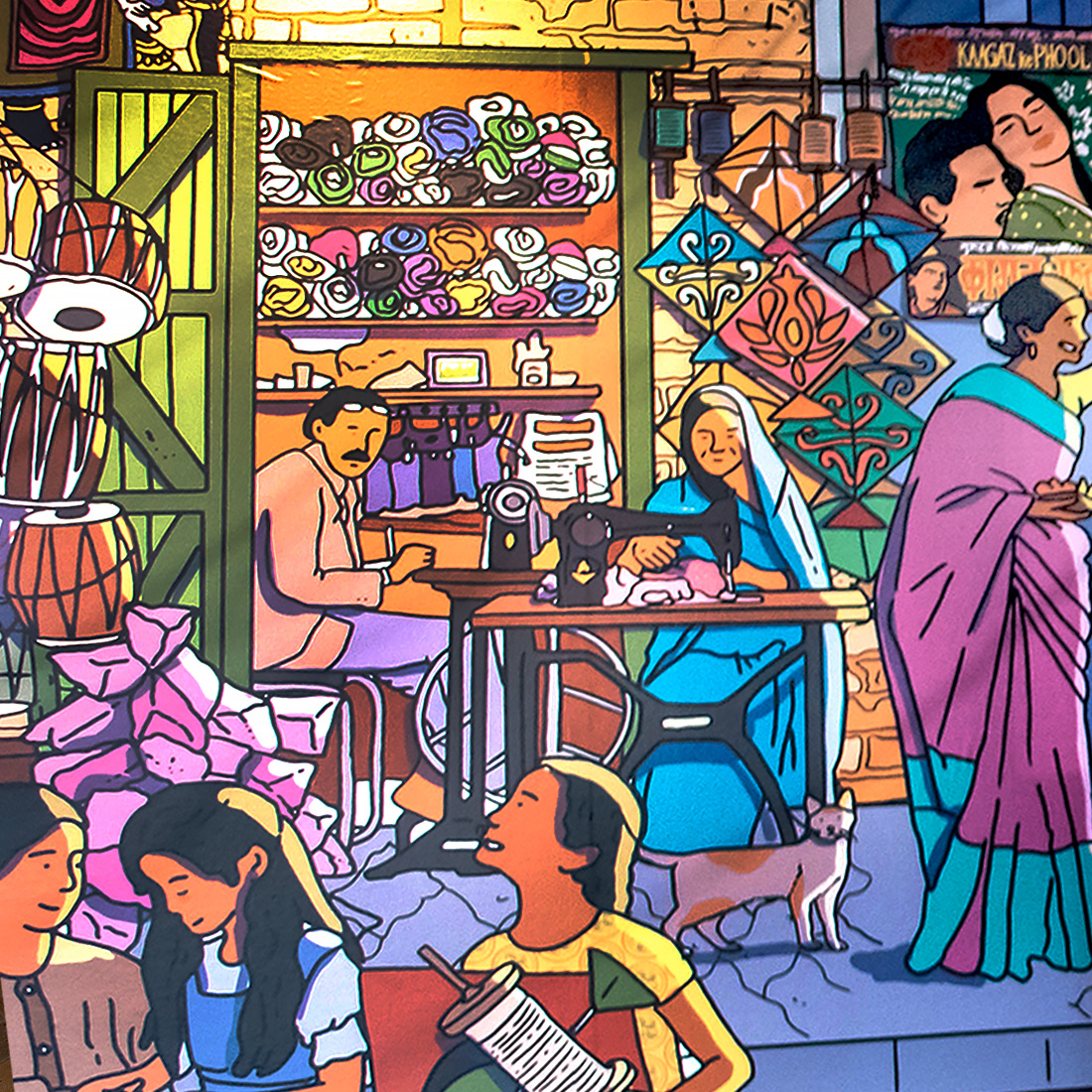
Everyday Epic explores the energy and complexity of an Indian street through a depiction of daily activities and routines. Rickshaws, saree shops, barbers, gas cylinder deliveries, tailors, cobblers, cows, and dogs are intertwined into a lively narrative that captures the rhythm of urban life. Repetitive architectural patterns in the backdrop echo the continuity of time within ever-changing surroundings, highlighting the evolving nature of these spaces.
Each element of the scene contributes to a broader examination of abundance, symmetry, and flux. The artwork foregrounds the interplay between individual lives and the collective choreography of the street, encouraging the viewer to engage with the details that define these shared experiences. Through its focus on the familiar, the piece offers a reflection on the layered dynamics of India’s streets, blending nostalgia with an exploration of transformation.
